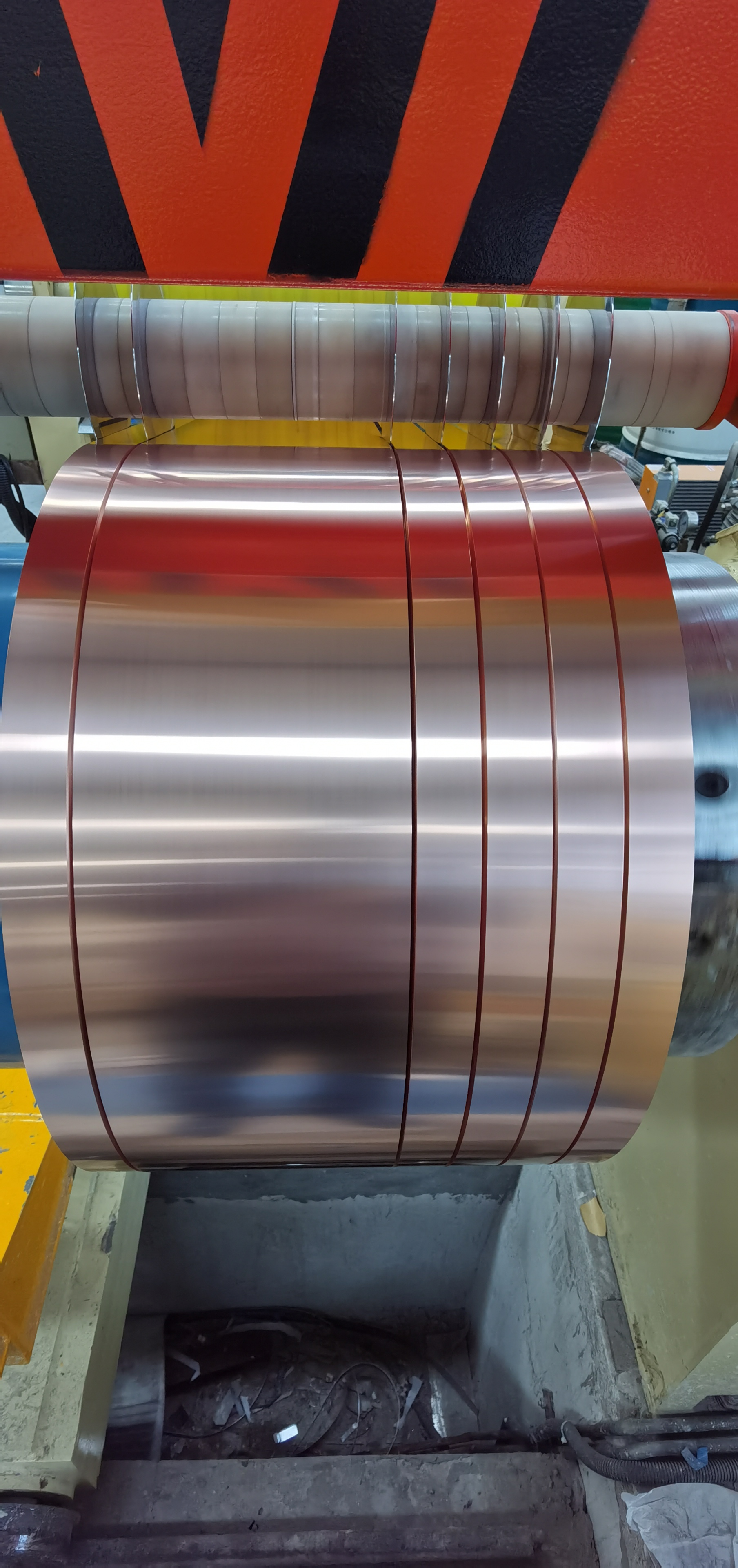Stainless Steel Coils are hot pressed from steel and cold pressed into coils. In order to facilitate storage and transportation, it is convenient to process. It is divided into hot-rolled stainless steel coils and cold-rolled stainless steel coils. Steel coils are sold in the form of coils, mainly for large customers.
The most common stainless steels fall into four main categories:
Austenitic stainless steels cannot be hardened by heat treatment. Instead, these steels harden (they achieve hardness during manufacturing and forming). Annealing these stainless steels softens them, increases ductility, and improves corrosion resistance. 300 series stainless steel is the most popular example of this type. The most popular 300-series steel -- 304 stainless steel -- is highly regarded for its very good corrosion resistance and is often used in cookware.
Martensitic stainless steels can be hardened by heat treatment; how hard they are to obtain depends on their carbon content. The more carbon these steels contain, the more hardened they become. For example, hose clamp screws are typically made from 410 stainless steel.
Surgical instruments, food processing parts, and mold components are often made from 420 stainless steel. 440C stainless steel (“C” designates higher carbon content) is well suited for tool and mold applications in the food processing industry due to its higher hardness.
Ferritic stainless steels cannot be hardened by heat treatment. However, they have the greatest ductility, impact toughness and corrosion resistance; they are also cheap and very resistant to high temperatures (such as in exhaust systems). For example, 405 and 409 stainless steel types are commonly used in the manufacture of mufflers and other automotive components. They are popular because they are relatively cheap and have relatively good machinability.
Precipitation hardening stainless steels have higher corrosion resistance than martensitic stainless steels, but not as good as austenitic stainless steels. The most common precipitation hardening grades are 17-4, 17-7 and PH13-8Mo. They can achieve good strength and achieve a good hardness level, approaching 44 HRC or more. They are most commonly found in structural applications as well as in the firearms and aerospace industries.
Precipitation hardened stainless steels are "aged", a heating process that occurs after annealing, creating new phases in the part to increase its strength. The 17-4 grade is unique in that it shrinks during precipitation hardening - contrary to most other steels which run the risk of deforming due to expansion during handling.



